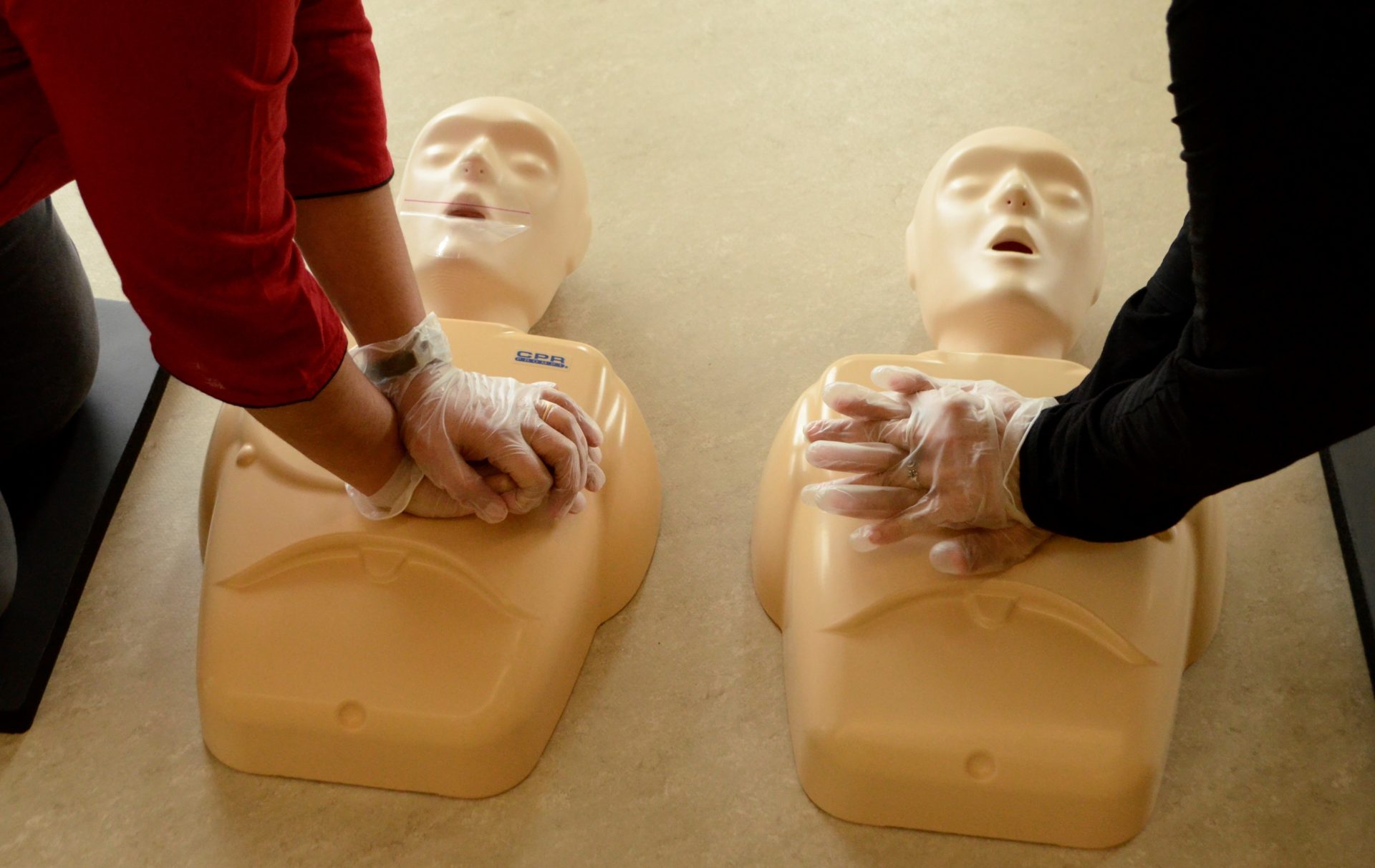Screening Guidelines
Guidelines are provided as a resource to support Training Partners in appropriate screening for staff and volunteers. Source: Safe Steps Volunteer Screening Program produced by Volunteer Canada
- Determine the risk
Organizations can control the risk in their programs. Examining the potential for danger in programs and services may lead to preventing or eliminating the risk altogether. - Write a clear position description
Careful position descriptions send the message that an organization is serious about screening. Responsibilities and expectations can be clearly set out, right down to the position’s dos and don’ts. A clear position description indicates the screening requirements. When a volunteer changes positions, the screening procedures may change as well. - Establish a formal recruitment process
Whether an agency posts notices for volunteer positions or sends home flyers, they must indicate that screening is part of the application process. - Use an application form
The application form provides needed contact information. If the volunteer position requires other screening measures (medical exam, driver’s record, police records check), the application form will ask for permission to do so. - Conduct interviews
Interviews help ensure that candidates meet the position requirements and fit with the organization. - Follow up on references
By identifying the level of trust required in the position and asking specific questions, the applicant’s suitability may be easier to determine. People often do not expect that their references will be checked. Do not assume that applicants only supply the names of people who will speak well of them. - Request a Police Records Check
A Police Records Check (PRC) is just one step in a 10-step screening process. PRCs signal in a very public way that the organization is concerned about the safety of its clients. - Conduct orientation and training sessions
Screening does not end once the volunteer is in place. Orientation and training sessions offer an opportunity to observe volunteers in a different setting. These sessions also allow organizations to inform volunteers about policies and procedures. Probation periods give both the organization and the volunteer time to learn more about each other. - Supervise and evaluate
The identified level of risk associated with a volunteer position will determine the necessary degree of supervision and evaluation. If the risk is great, it follows that the volunteer will be under close supervision. Frequent feedback in the first year is particularly important. Evaluation must be based on position descriptions. - Follow up with program participants
Regular contact with participants and family members can act as an effective deterrent to someone who might otherwise do harm. Volunteers should be made aware of any follow-up activities that may occur. These could include spot checks for volunteers in high-risk positions.

